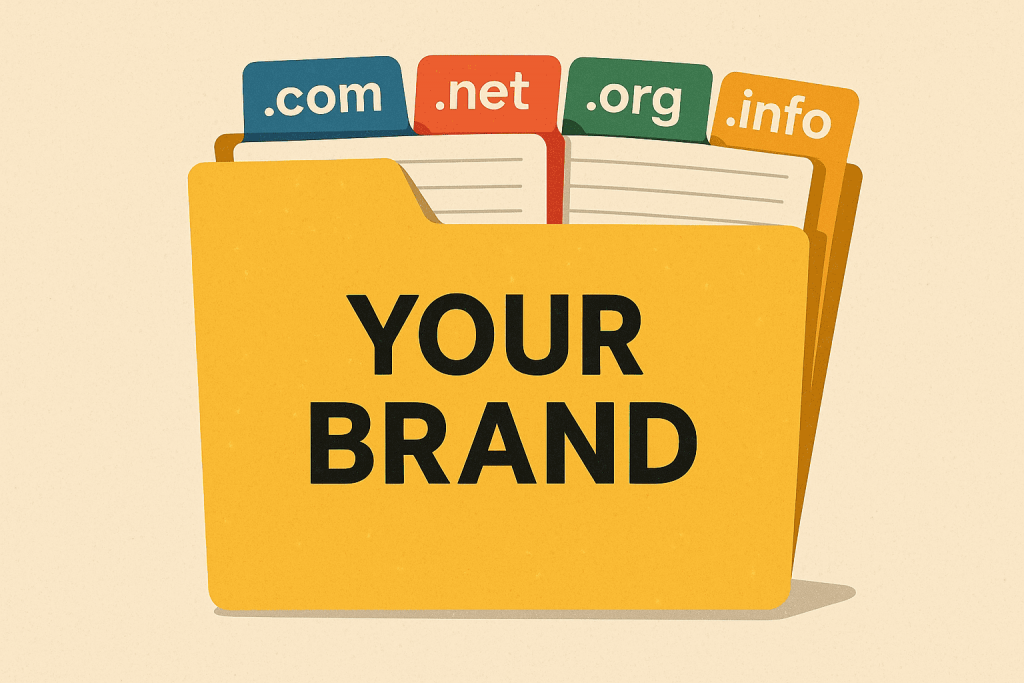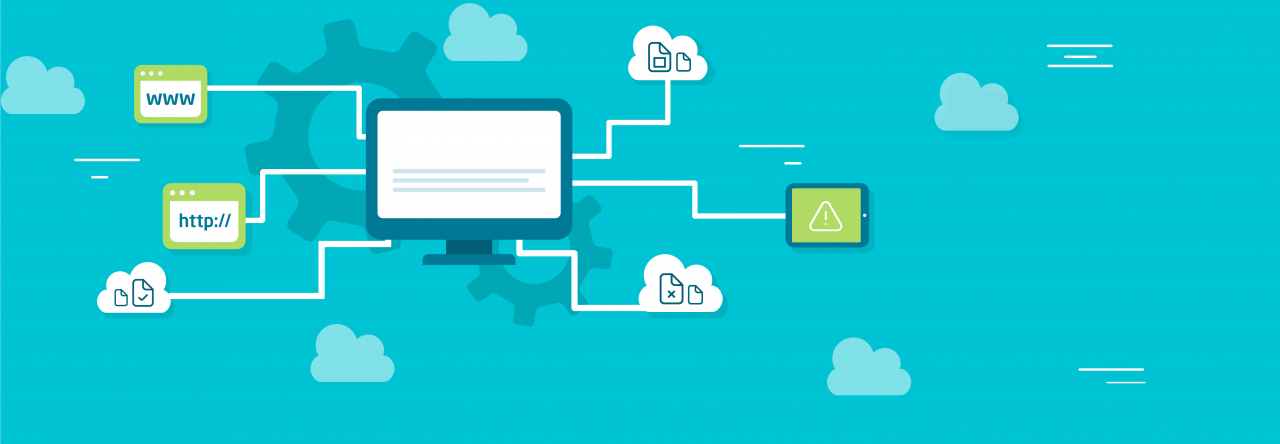
A website domain address is not just a technical detail but an essential part of a company’s image. It works like a digital signboard: customers recognize the brand by the domain name, form their first impression, and decide whether to trust the resource. A successful domain name increases brand awareness, emphasizes the company’s status, and in some cases can even become synonymous with the business itself (for example, amazon.com or rozetka.com.ua).
Risks of Cybersquatting and Reputation
One of the biggest threats to businesses is cybersquatting — when third parties deliberately register domains with your brand name or ones very similar to it. The most common goal is to resell these domains at an inflated price or use them to mislead customers. For instance, if a company operates under brand.com, an attacker might register brand.net or brand.org to take advantage of the brand’s recognition.
A particular type of this phenomenon is typosquatting. In this case, fraudsters register domains with deliberate spelling mistakes or character substitutions so that users accidentally land on a fake site. Famous examples include registering rnicrosoft.com instead of microsoft.com (where “m” is replaced with “rn”), or facebok.com instead of facebook.com. Such fakes are often used for phishing attacks, where users enter their logins and passwords thinking they are on the official site.
This also occurs in the Ukrainian market. For example, scammers could register domains like rozetkka.com.ua or novapossta.ua to mislead customers. As a result, not only trust suffers, but also the company’s financial performance, since losing users means lower sales and additional expenses to restore reputation.
Strategic Domain Registration for Brand Protection
To avoid such risks, companies should proactively register brand-related domains across different zones. This helps to:
- reserve the brand name in key zones while it is still available;
- prevent competitors or fraudsters from using similar domains;
- redirect additional domains to the main website, ensuring convenience for customers;
- emphasize the brand’s international or local presence.
Universal zones include .com, .net, .org, which are suitable for most companies. Specialized projects may benefit from .store, .shop, .tech, or .online. Local zones are crucial for national markets: for Ukraine, these are .ua, .com.ua, regional domains (.kyiv.ua, .lviv.ua), and the Cyrillic .укр.
Examples of Well-Known Companies
Many global corporations have long been applying this strategy.
- Google uses google.com as the main resource, along with local versions: google.com.ua, google.de, google.fr, etc.
- Apple owns not only apple.com but also thematic domains such as .store, highlighting the sales direction.
- Meta (Facebook) secured facebook.com as the main domain, as well as regional versions (facebook.ua).
- Ukrainian companies. Rozetka registered several zones at once: rozetka.com.ua and rozetka.ua. Nova Poshta uses novaposhta.ua and novaposhta.com. Thanks to this, customers always land on the official site rather than a fake.
These examples show that the “multiple zones — one brand” strategy works both globally and locally.
Ukrainian Market: .ua, .com.ua, .укр
In Ukraine, the .ua domain holds special significance, as it is available only to registered trademark owners. This provides an additional level of protection for businesses. The .com.ua domain is easier to register and remains the most popular among Ukrainian companies. The Cyrillic .укр domain allows using addresses in the native language, such as магазин.укр, which is especially convenient for local projects. Registering in several national zones at once is the optimal choice for companies that want to guarantee customers access to the official resource.
Legal Aspects: Domain and Trademark
Domains are not intellectual property on their own but are closely linked to trademarks. If a domain contains a registered trademark, the company gains legal tools for its protection. At the international level, there are dispute resolution procedures (UDRP) that allow the rightful trademark owner to claim a domain. In Ukraine, the rule is even stricter: a .ua domain can only be registered with a trademark certificate. Thus, registering a trademark together with reserving domains in key zones creates a double barrier against fraudsters.
Key Takeaways for Business
Brand protection on the internet is not only marketing but also a matter of strategic security. Registering domains in multiple zones helps avoid cybersquatting, increases customer trust, and builds a foundation for international or local business expansion. A combination of technical measures (domain portfolio) and legal mechanisms (trademark) ensures that the brand remains fully under the owner’s control.

Leave a Reply